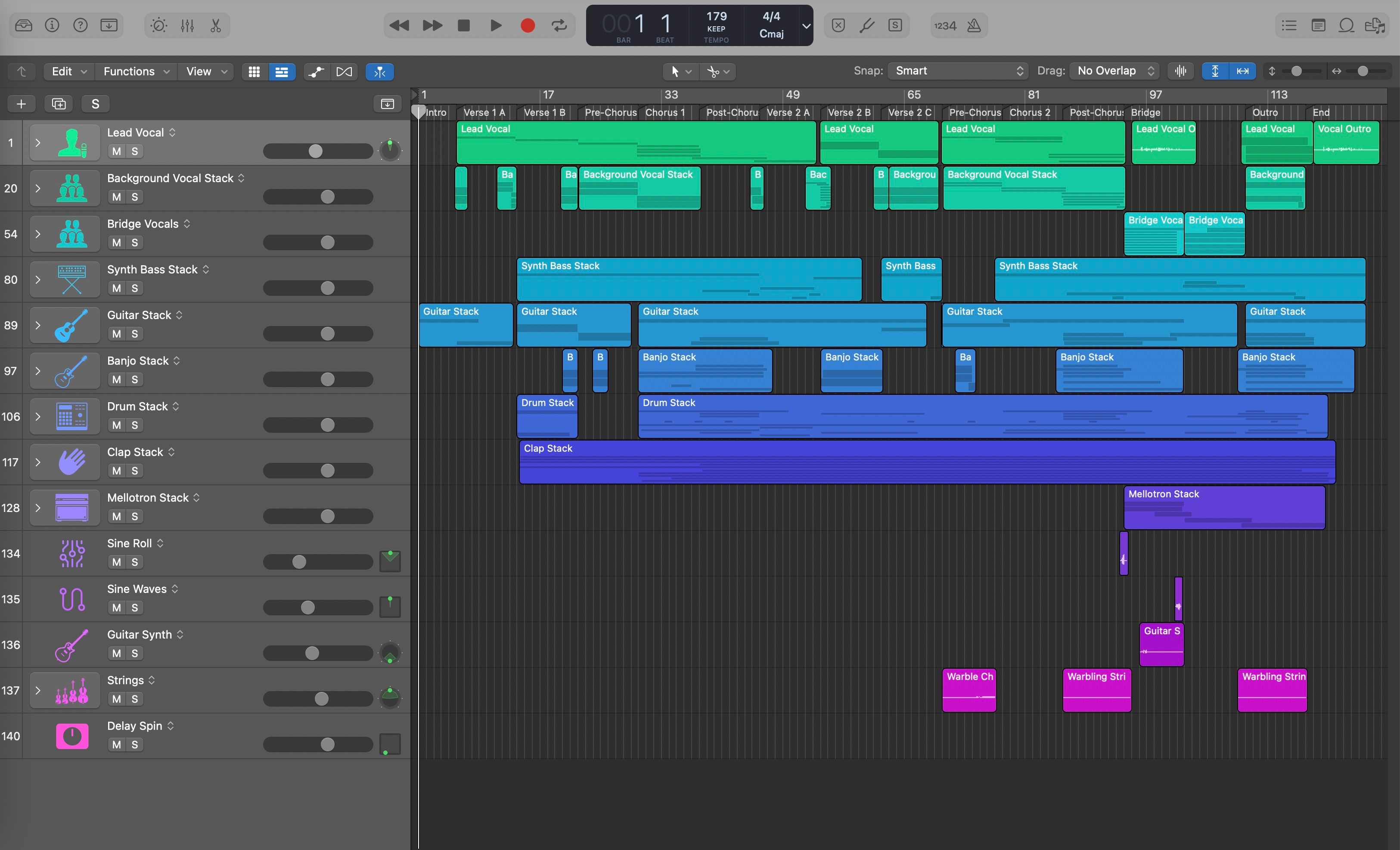DAW (Digital Audio Workstation)
What Is a DAW?

A DAW, as it’s commonly referred to, stands for digital audio workstation. It’s a piece of software that can record and edit audio, among many other things. Think of any song, sound effect, or voiceover that you have heard in modern media, and chances are it passed through a DAW.
There was a time when only production studios had the money and gear required to record and edit audio. But over the years, new technology has made it easier to package these powerful programs and run them on home computers and laptops.
There are many different DAWs on the market, developed by different companies, many of which were first launched decades ago. Now, we live in an era of bedroom producers where DAWs are accessible by a lot of different people looking to get into audio production, whether for fun or to build a career.
This is a list of some of the most-used commercial DAWs currently on the market:
- Ableton Live
- Adobe Audition
- Audacity
- Cubase
- FL Studio
- GarageBand
- Logic Pro
- Pro Tools
- REAPER
What Can You Do With a DAW?
Broadly speaking, you can record, edit, manipulate, and create sounds in a DAW, and you can efficiently move between any of these jobs as you need. A DAW is a one-stop shop for all of your audio-related needs.
As we mentioned earlier, DAWs are capable of many things. So, if you’re wondering what you can create with a DAW, take a quick look at this list:
- Create samples/beats
- Compose music (improvise, sketch, experiment)
- Perform live
- Remix songs
- Record podcasts and audiobooks
- Record voiceovers
- Design SFX for games
- Create SFX, Foley, ADR, and scores for film
Getting Started With a DAW
DAW software is a lot of fun to learn, and each person you meet will have a different opinion on which you should use.
One of the largest differences between competing software is the way the interface is designed. Many programs offer a free trial, and we recommend checking out a few before committing to one. Finding a DAW that feels intuitive to use and pleasing to navigate is half the battle, and is especially important for beginners.